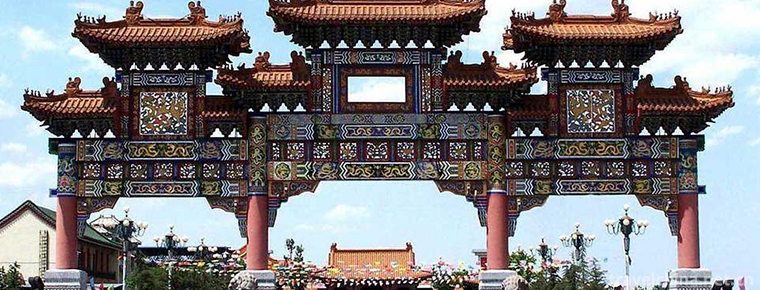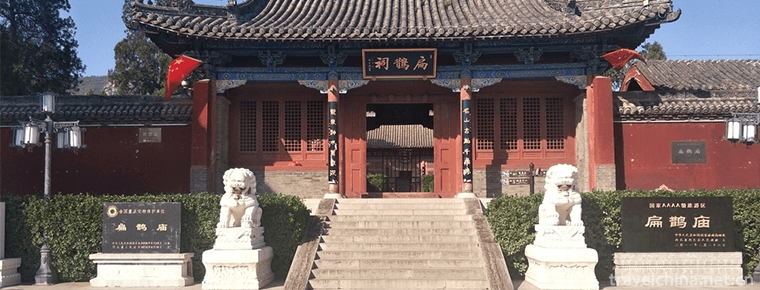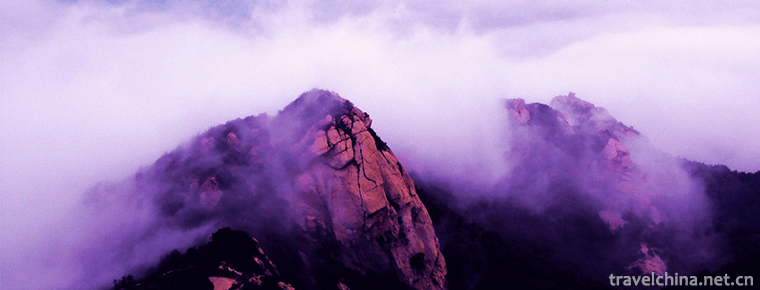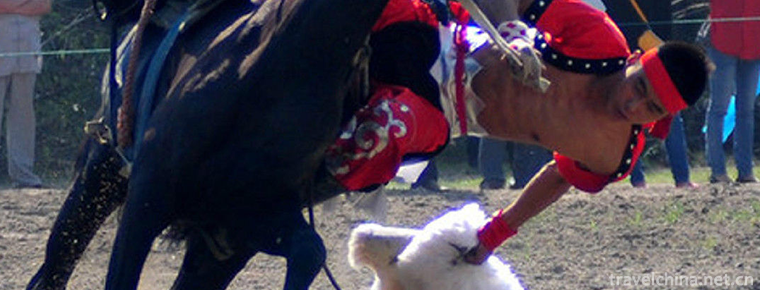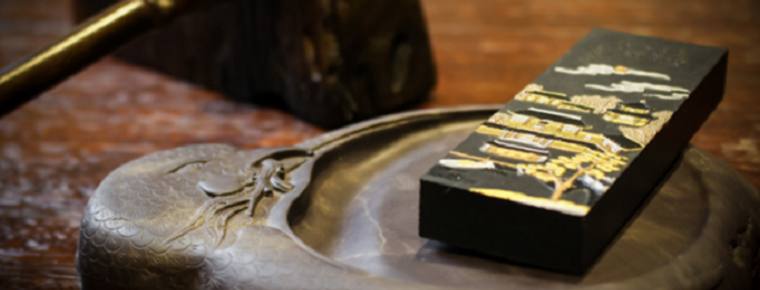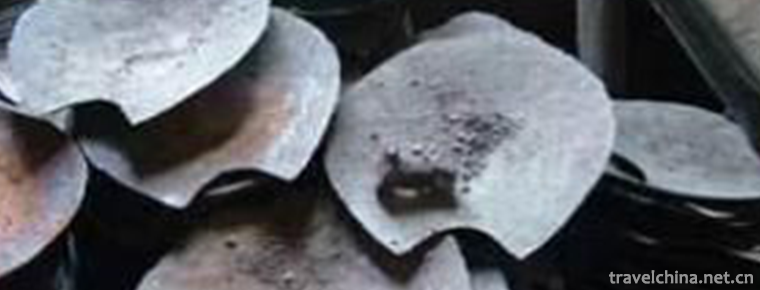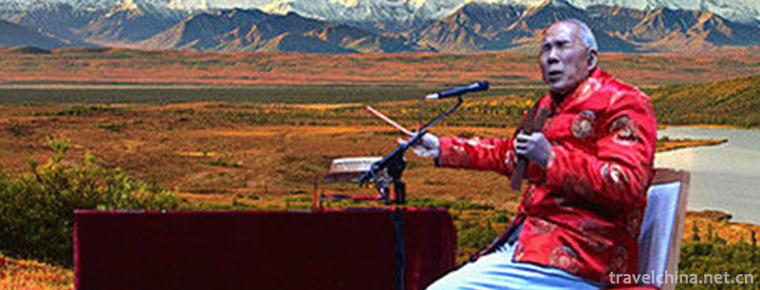Bogda Ula Festival
Bogda Ula Festival
The sacrifice of Bogdahura (Shenshan) is one of the earliest forms of Mongolian creative culture in China. It is the product of national culture, which is formed by historical accumulation and pluralism. It studies the special system of Mongolian folklore in a comprehensive and multidisciplinary way. The basic judgment is that sacrificial activities prevailed in Zalaite Banner during Tang, Song and Yuan Dynasties, especially after Shamanism was introduced into other places, and integrated with local customs to form a historical national cultural achievement. Although historical records are not fully recorded, historians believe that Zalai Banner was a historical national cultural achievement. The sacrifice to the God hill of Laite is another monument of Chinese folk culture. It can be seen from the origin of the sacrificial form of mountain names, the statues of God hills, the scriptures of God hills, the carols of God hills, the matching Nadamu congress, economic and trade exchanges and other relics. What a magnificent sacrifice to Bogdahura (god hill) was at that time! Its comprehensive Mongolian culture has a clear skeleton and a long history of inheritance. The sacrificial activities of Bogdahura (Shenshan) created by the Mongolian people have passed down from generation to generation in Zalaite, and become more and more solemn. The more formal the theme, the more three-dimensional development. However, because the sacrifice of Shenshan has been spread and presided over in Mongolian, there is no chance to translate into Chinese and English, so it has a serious closed impact at home and abroad. By the late 1950s, scholars and famous literary figures in Inner Mongolia, such as Jinfeng, Liu Yingman, Zhou Juxia and Liu Shaohua, publicly published the sacrifice of Shenshan in books and periodicals. In the 1960s, it aroused the attention of the leaders of Inner Mongolia Autonomous Region and people with lofty ideals from all walks of life. When Chairman Buch visited, he also came to Zalaite to mention the sacrifice of Shenshan, which aroused the attention of Comrade Bao Junchen, Vice-Chairman of the Political Consultative Conference of Inner Mongolia Autonomous Region. After that, the major TV stations recorded and broadcast the contents and procedures of the sacrifice of Shenshan from different perspectives, forming documentary prose and academic papers. Relevant materials such as "Environmental Protection Textbook" of Fang Party Course. A set of books and magazines on Bogda Ula (Shenshan) sacrificial culture will be published to recommend sacrificial activities, which will cause scholars at home and abroad to discuss Bogda Ula (Shenshan) sacrifice as a result of Mongolian and Yuan culture, and write a historical chapter with their own characteristics.
Zalaite Bogdahura (Shenshan) sacrifice has a long history, unique form, content and scriptures of Shenshan, and there are absolutely no mountain gods. In sacrificial activities, the time, place and preparation of sacrificial offerings are notified by the Yamen, and sacrificial offerings are held. The Lord sings the song "Ode to Ketuura in Uliji Chao" in Mongolian, invites the living Buddha to recite sutras, and then holds the Nadamu congress, trade material exchange and performing traditional Mongolian songs and dances, which are matched with the sacrificial offerings. It is said that the sacrifice of Bogdahura (Shenshan) is held from May 21 to May 23 of the lunar calendar every year, and the sacrificial activities are solemn and unique. Location: Bogda Ura Heimaurihada (Shenshan). 1. Pre-sacrificial preparation: First, the Qiyamen Damule (presided over) announces the date and place of sacrifice, accepts incense, food, wine and other personal apportionment items from each Nutuk; the task of Harule is to make a seven-day tour of the mountains, punished by hunters and fellers. 2. Scale: Each Nutuk arrives one day ahead of the sacrificial time and gathers at the south foot of Shenshan Mountain. In the center is the Mongolian yurt group of Qiwang Ye and his family, on the right is the Mongolian yurt group of Yamen officials and living Buddhas, doctors and businessmen, and on the left is the Mongolian yurt group of grass-roots officials and ordinary people in Konutuk. 3. Procedures, sacrificial offerings and other preparations: regularly carry Lama's drums, trumpets and other magic instruments and sacrificial offerings such as sheep and wine to designated sacrificial sites in Shenshan. 4. Decoration of Obo: Damuler's will, with decorations, began to decorate Obo in Black Maurihada, hanging picking banners or cloth strips around Obo, placing yellow cloth on a large strip of slate, placing dozens of bowls filled with water, wine and offerings, placing the rear feet of sheep and cattle, etc. In the south side of Obo, a white Jade statue of the Han Dynasty and several large-character banners of "Mountain God Sacrifice" were erected. 。 5. Lamas chant scriptures: In the past, the main character of Aobao was Lamas. After all the offerings were put on display, dozens of lamas sat in front of Aobao with cockcrown caps and robes. They recited the scriptures of God. When the big lamas waved Ling in their hands and lifted the macaroni in their other hands, bronze trumpets rang through the valley. 6. Pointing to the mountain gods: After the Lama recited the sutras, the Lord Master Mahbatu of Zazakh Belle took the lead in kneeling to Obo, and Master Ruben gave the pilgrims a motto ceremony, and waited for Adis to be accepted. 7. Giving Adis: Han means food cleansed by mana through Buddhist sutras. Several etiquette officers sprinkled manna around Obo. It was said that eating the Adis would bring good luck. 8. Convening the Obo Conference: The people who attended the sacrifices came down from the mountains and returned to the Mongolian yurts, and then began the Obo Conference. Presided over by Prince Marenshbatu of Zazakhstan, this paper mainly discussed the topic of how to protect the ecological environment of Shenshan and how to protect the sacrificial activities of Bogdahura (Shenshan). Punishment for deforestation of hunters. 9. Entertainment banquet: Damule and Harule add wine and meat to everyone. People sing and dance. Lamas perform Chama dances. Everyone sings the song "Ode to Uliji Chao Ketuura". The atmosphere was very warm and high. 10. Nadamu: It is the Mongolian horse racing, archery and wrestling matched with the sacrificial activities. 11. Bogdahura (Shenshan) sacrifice brings in traders from inside and outside the banner for trade exchanges, such as sheepskin, fungus, local products, cattle, sheep and other trading activities. To sum up, year after year, the inheritance and development of Mongolian cultural system, in addition to its own characteristics, promote national unity and improve the quality of the development of Zalaite harmonious society.
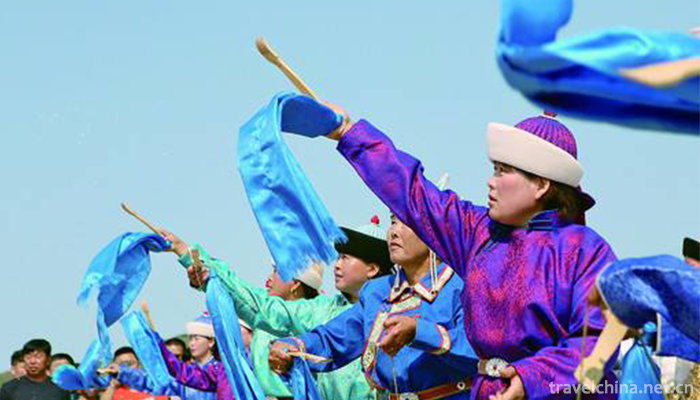
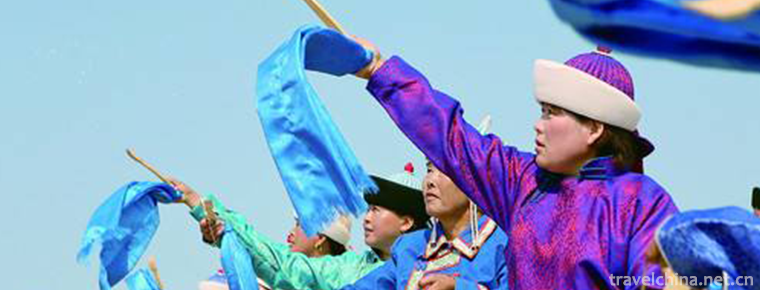
Bogda Ula Festival
-
Dongshan Cultural Garden
At the East Gate of Wu'an City, there is a beautiful landscape of lakes and mountains, with beautiful gardens scattered in pavilions and pavilions - Dongshan Cultural Park.
Views: 136 Time 2018-12-19 -
Bian Que Temple Tourist Area
Bian Que Temple, also known as Bian Que Temple, is situated at the foot of Que Mountain, 26 kilometers west of Neiqiu County Town. It is an ancient building group to worship and worship the Chinese me
Views: 127 Time 2019-01-03 -
Kunyu Mountain National Forest Park
Kunyushan National Forest Park is located in Mouping District, Yantai City, Shandong Province. It covers an area of 48 square kilometers and belongs to warm temperate monsoon
Views: 315 Time 2019-01-29 -
Zha Quan
Zha Quan is one of the five major schools of traditional Chinese long boxing, which is widely spread among Hui people. It originated in Shandong Province
Views: 164 Time 2019-04-15 -
Buzkashi
One of the folk sports events in Xinjiang, China. Although there is no written record of sheep on foot, it has been examined in some areas of northern Xinjiang, which has continued to this day, and is
Views: 153 Time 2019-04-26 -
The Making Skills of Hui Ink
Hui ink production technology, Jixi County, Shexian County, Huangshan Tunxi District, Anhui Province, local traditional handicraft, one of the national intangible cultural heritage.
Views: 110 Time 2019-05-04 -
Pig Iron Smelting and Casting Technology
Yangcheng pig iron casting technology was invented in the 6th century BC. Yangcheng pig iron smelting and casting technology in the smelting and casting process first crushed the ore, then roasted at
Views: 306 Time 2019-06-14 -
Yongan Daqiang Opera
Yongan Daqiang Opera was formed in the mid-Ming Dynasty. It is a genre of Yiyang Opera. It is called Daqiang Opera because it is "big gong, big drum and big voice singing high tune". During
Views: 234 Time 2019-07-14 -
Zezhou Sixianshu
Zezhou Sixianshu is a popular performance form in Zezhou Prefecture, Shanxi Province in Qing Dynasty. It is named after Sixian (Sihu) as the main accompaniment instrument. There is no documentary info
Views: 361 Time 2019-07-16 -
Population of Yibin
By the end of 2019, the total registered residence of Yibin was 5 million 515 thousand, 8 thousand less than the end of last year, and the registered residence population urbanization rate was 37.87%, which was 2.28 percentage points higher than that
Views: 167 Time 2020-12-18 -
Administrative division of Guangan
Views: 363 Time 2020-12-19 -
Guangan hydrology
There are two main streams of Jialing River and Qujiang River in Guang'an City. There are more than 700 large and small rivers and streams. There are 35 primary and secondary tributaries with a drainage area of more than 50 square kilometers. Among the
Views: 343 Time 2020-12-19
